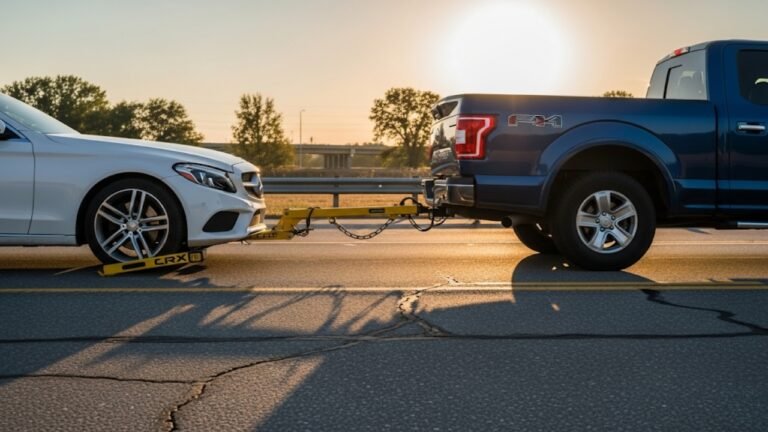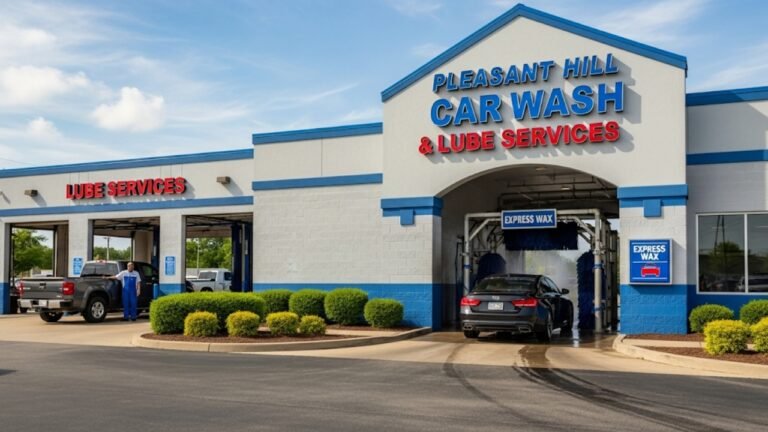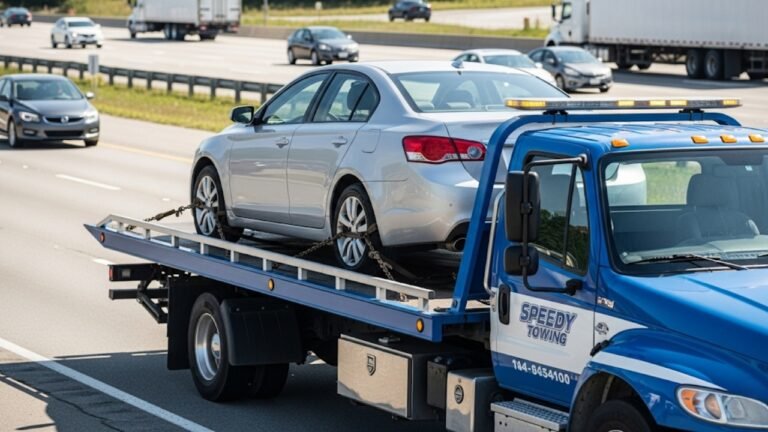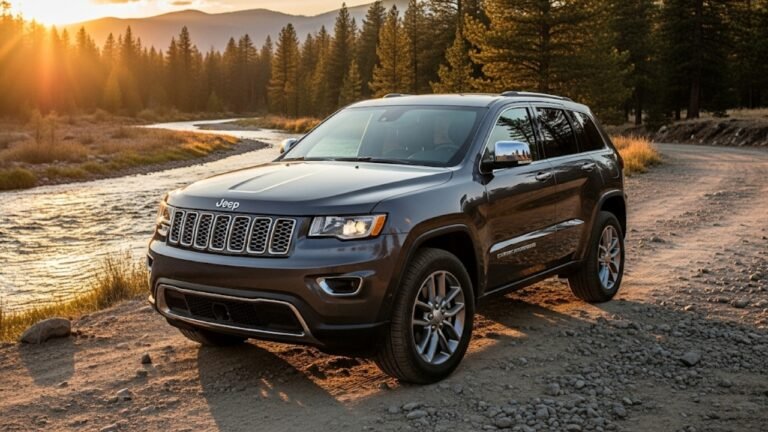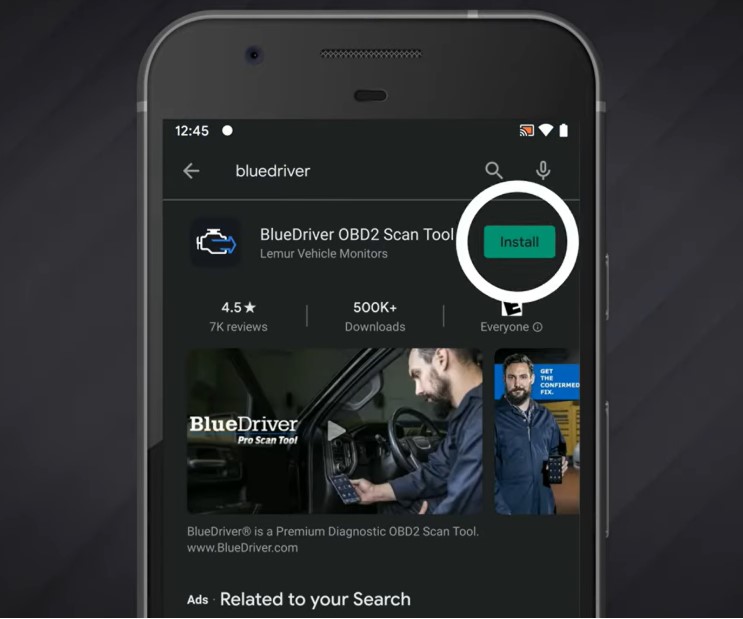Towing Car with U-Haul: A Real-World Guide
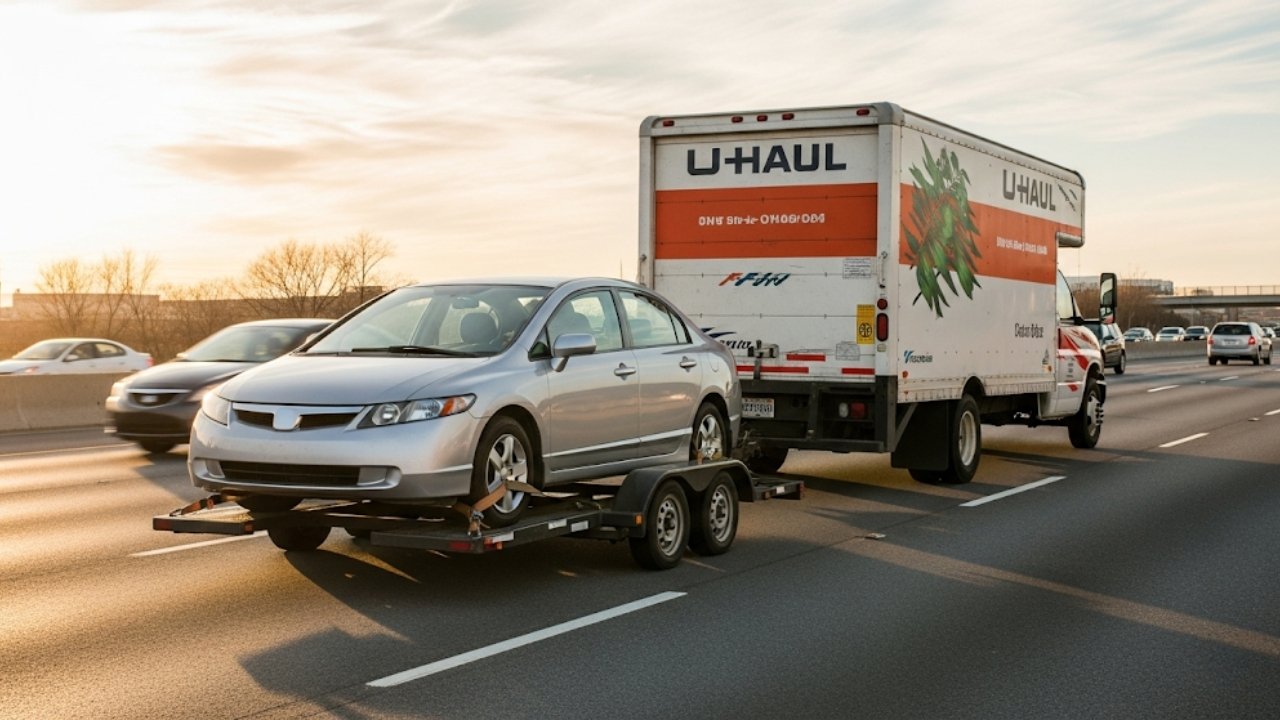
Have you ever stared at your vehicle and thought, “How on earth am I going to move this without driving it?” I’ve been there. Whether your car broke down, you’re relocating across states, or you’re buying a used car online, there comes a time when towing a car with U-Haul becomes your best friend.
But before you hook it up and hit the road, there’s a lot you need to know.
In this article, I’m going to walk you through every single thing about towing a car with U-Haul. Not with dry technical jargon, but from the perspective of someone who’s done it—nervously at first—and now knows the ropes. Expect real insights, clear steps, helpful tables, and tips you won’t find on the back of a rental agreement.
Why So Many People Choose U-Haul for Towing Cars
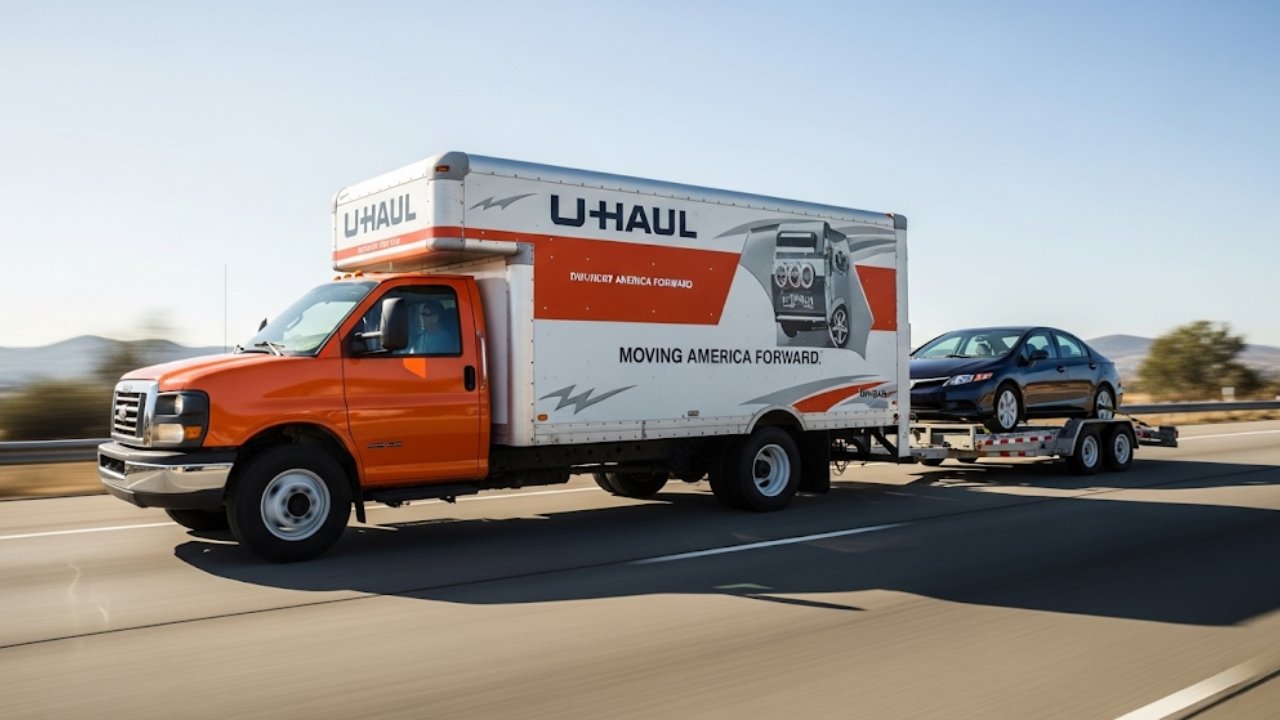
That’s where U-Haul steps in.
U-Haul is trusted because:
-
It’s affordable and accessible
-
Available in over 21,000 locations across the U.S. and Canada
-
They have options for different car sizes and situations
-
It’s DIY-friendly — no need to wait on someone else’s schedule
Most of all, it’s convenient. You can rent a truck, trailer, and towing equipment all in one place. This alone makes towing car with U-Haul a smart option for people who want control over their move.
Anecdote:
When I moved from Texas to Arizona, my SUV had a busted radiator. Getting it repaired before the move would take a week, which I didn’t have. Towing with U-Haul became the only viable solution—and looking back, I’m so glad I did.
What You Need Before Towing a Car with U-Haul
Let’s talk prep. You can’t just show up and expect to drive off with a trailer.
Here’s what you’ll need:
✅ Requirements Checklist:
-
Tow vehicle: Your truck or SUV must meet minimum towing capacity
-
Valid license: Both your driver’s license and vehicle registration
-
Insurance: U-Haul offers SafeTow® protection, or check if your insurer covers towing
-
Car type: You’ll need the make, model, and year of your car
-
Hitch receiver: Your vehicle must have a hitch rated for towing
Vehicle Weight Compatibility Table
| Equipment | Max Car Weight | Tow Vehicle Needs | Towing Type |
|---|---|---|---|
| Tow Dolly | 3,450 lbs | Rear-wheel or AWD | Front wheels up |
| Auto Transport | 5,290 lbs | Truck/SUV w/ hitch | Full vehicle lift |
Tip: Use U-Haul’s online equipment matcher. It’ll tell you what trailer fits your car.
Choosing the Right U-Haul Equipment
This is where things get real. The right gear can make your journey smooth. The wrong choice? Well, let’s just say, you don’t want to find out mid-highway.
U-Haul Offers Two Main Towing Options:
1. Tow Dolly
-
Lifts only the front wheels of your car
-
Rear wheels roll on the ground
-
Ideal for front-wheel drive vehicles
-
Cheaper and lighter than full trailer
-
Requires you to disconnect rear drive shaft if the car is AWD or RWD
2. Auto Transport Trailer
-
Lifts the entire vehicle
-
Best for long distances
-
No need to worry about drivetrain types
-
Heavier, more expensive, but safer
Personal Story:
I once tried to tow a rear-wheel-drive BMW on a dolly. Halfway into the rental, I realized I needed to disconnect the drive shaft. That’s a job for a mechanic, not me. I quickly swapped it out for an auto transport trailer—and peace of mind.
Pro Tip: If you’re unsure, go with the auto transport. It’s more forgiving for beginners.
How to Load and Secure Your Car
This is the part that intimidated me the most. What if the car rolls off? What if I mess it up?
But the process is simple if you follow U-Haul’s instructions closely.
Step-by-Step Car Loading:
-
Align the trailer with your car straight on
-
Use ramps to drive the car up (or push it if not running)
-
Center the car on the trailer—this matters a lot!
-
Use tire straps to secure front tires
-
Use safety chains to hold the frame
-
Double-check everything before moving
A Few Practical Tips:
-
Always load the car forward (engine first)
-
Use wheel chocks if you’re on a slope
-
Shake the trailer slightly after loading. If the car moves, re-secure it
-
Don’t rush. Give yourself time
Helpful Insight:
When I first tried loading, I had a buddy guide me while I drove up. It helped me avoid over-steering or missing the ramp. If you’re alone, use your mirrors and go slow.
Towing Safety Tips You Shouldn’t Ignore
Towing isn’t the same as regular driving. You’ll need to adjust your habits behind the wheel.
Here are the most crucial safety tips:
-
Drive slower than usual—stay around 55 mph
-
Avoid sudden braking — your stopping distance is longer
-
Use wide turns—the trailer swings out
-
Watch for wind gusts on highways
-
Check tire pressure on both your car and the trailer
-
Make frequent stops to inspect the straps and chains
-
Never reverse with the car trailer attached if you’re not trained
Did You Know?
U-Haul requires a 4-pin wiring harness to connect brake lights from your trailer to your vehicle. Don’t skip this—it’s critical for road safety.
Real-Life Experience: My First Time Towing a Car with U-Haul
I remember the day vividly. I had just bought a used Toyota Camry from a friend two towns over. The car ran, but not well enough for a two-hour highway drive. My solution? Towing the car with U-Haul.
At first, I was nervous. I’d never towed anything in my life. The trailer looked big, the chains looked complicated, and every bump in the road made me flinch. But after following U-Haul’s loading guide, checking everything twice, and taking it slow, I made it without a scratch.
What I learned:
-
Confidence builds fast once you’re on the road
-
Pre-trip checks are a lifesaver
-
U-Haul staff are actually very helpful if you ask questions
I can now say with confidence that towing car with U-Haul isn’t just doable — it’s empowering. If I can do it, you absolutely can too.
What Does It Cost to Tow a Car with U-Haul?
Money matters. So let’s talk real costs.
Here’s a breakdown of average pricing for towing car with U-Haul:
U-Haul Towing Cost Table
| Service Item | Average Cost (One Way) |
|---|---|
| Tow Dolly Rental | $55 – $85 |
| Auto Transport Trailer | $90 – $120 |
| U-Haul Truck (10ft–15ft) | $29 – $59 + mileage |
| SafeTow Protection | $8 – $16 |
| Hitch Installation | $150 – $300 (one-time) |
| Fuel (per 100 miles) | $25 – $50 |
Note: Prices vary depending on distance, equipment availability, and season.
A Few Money-Saving Tips:
-
Book online early for better rates
-
Return trailer to the same location (local vs one-way affects price)
-
Bring your own hitch and wiring to avoid rental fees
-
Don’t forget about fuel cost — trailers add weight
Insight:
The trailer may be cheap, but gas will hit harder. My 4-cylinder SUV went from 30 mpg to 18 mpg during towing. I suggest budgeting an extra 30–40% for fuel if you’re going long distances.
U-Haul vs. Other Towing Options: Which One Wins?
U-Haul isn’t the only player in town. But does it offer the best balance of price, ease, and control?
Let’s see how towing car with U-Haul compares to others:
Alternatives Comparison Table
| Option | Cost | Flexibility | Skill Needed | Reliability |
|---|---|---|---|---|
| U-Haul Tow | $$ | High | Medium | High |
| Professional Tow Truck | $$$$ | Low | None | Very High |
| Flatbed Car Shipping | $$$$$ | Low | None | Very High |
| Tow Bar Setup (DIY) | $$ | Medium | High | Medium |
| Trailer Rental (Non-Uhaul) | $$ | Medium | Medium | Varies |
U-Haul wins for:
-
Control over timing
-
Affordability
-
Nationwide availability
But if you’re not confident driving with a trailer, a pro tow may be worth the money. It all depends on your situation, vehicle, and comfort behind the wheel.
FAQs About Towing Car with U-Haul
1. Can I tow an AWD car with a U-Haul tow dolly?
No. Using a tow dolly with an AWD car can damage the drivetrain. You’ll need to use an auto transport trailer for AWD or rear-wheel-drive vehicles.
2. Do I need special training to tow a car with U-Haul?
No special license is required, but it helps to watch U-Haul’s free tutorial videos. They’re short and incredibly helpful for first-timers.
3. Can I back up with a car trailer attached?
It’s strongly discouraged. Reversing with a trailer is tricky and risky for inexperienced drivers. Plan your route to avoid tight spaces or dead ends.
4. Does U-Haul provide tie-downs and straps?
Yes, U-Haul trailers come with built-in tire straps, chains, and ramps for securing your car safely.
5. Will my car insurance cover U-Haul towing?
Some do, some don’t. Check with your insurer. U-Haul offers SafeTow coverage, which protects you and the trailer in case of accidents.
6. Is there a mileage limit on U-Haul towing?
No, but your rental price may be based on distance for one-way trips. Always check the fine print when booking.
7. Can I tow a car behind a U-Haul moving truck?
Yes! U-Haul trucks are equipped for towing. Be sure to pick a truck large enough and add towing equipment to your reservation.
8. How long does it take to set up the trailer?
First time? Budget 30–45 minutes. After that, it takes about 15 minutes if you follow the checklist.
Conclusion: U-Haul Towing Is Easier Than You Think
Towing car with U-Haul isn’t just about moving a vehicle—it’s about taking control. Whether you’re in a pinch, making a long-distance move, or flipping a fixer-upper car, U-Haul gives you the tools to tow smart and tow safe.
The process is easier than it looks. With a little prep, the right gear, and some patience, anyone can do it. You don’t need to be a mechanic or a towing expert. Just someone willing to learn, take it slow, and trust the process.
If you ever find yourself thinking, “Can I really tow this myself?” — the answer is yes. You’ve got this.

